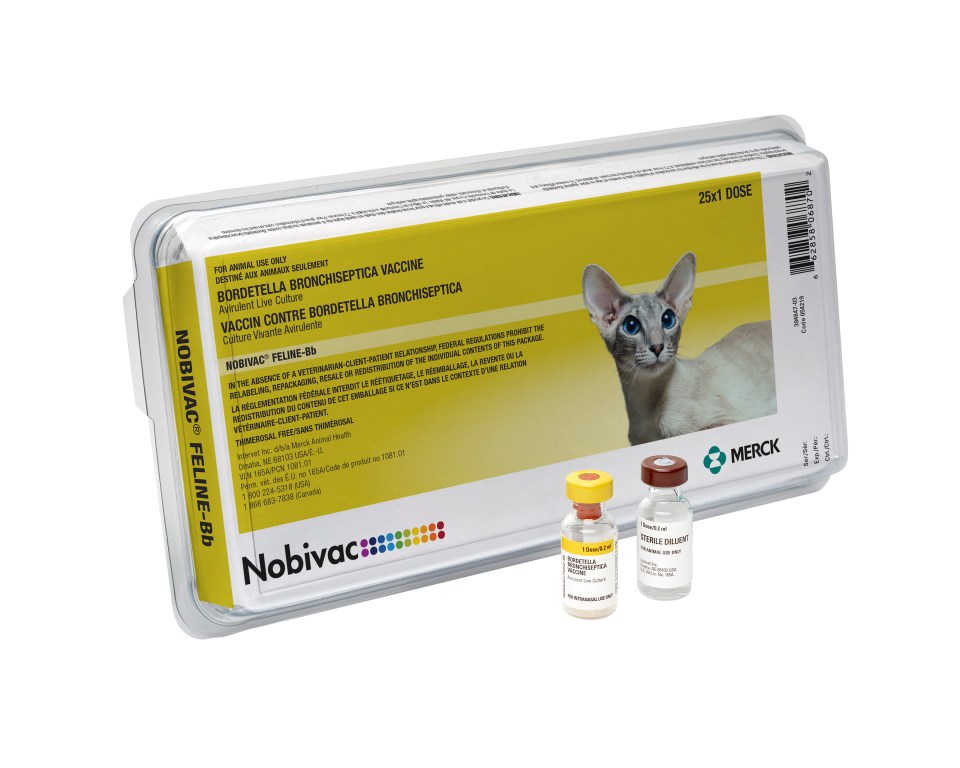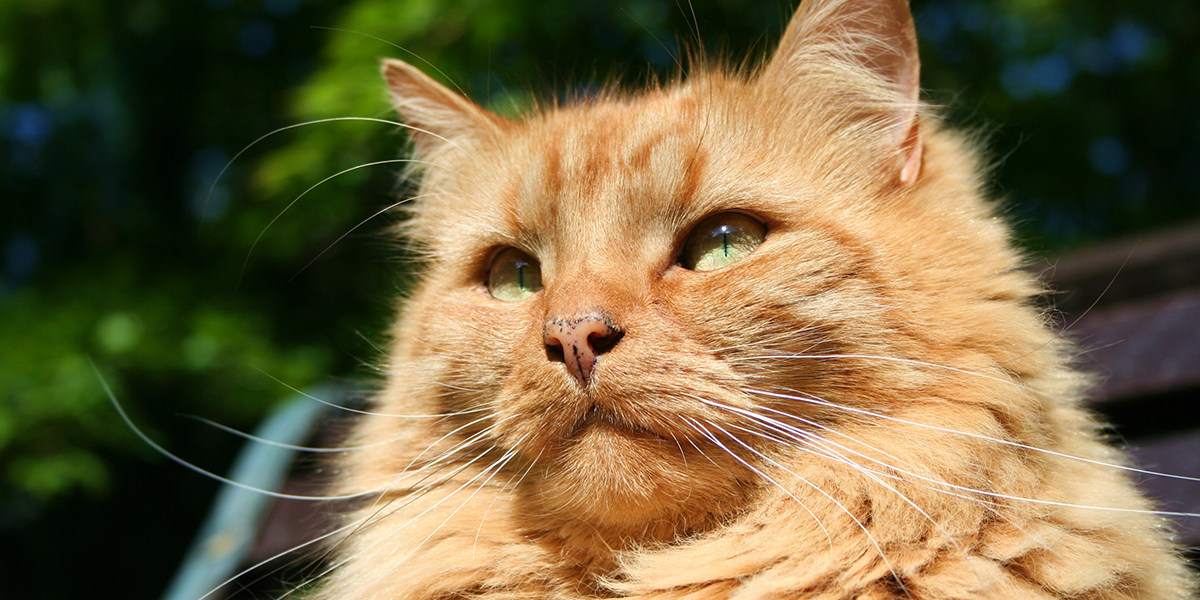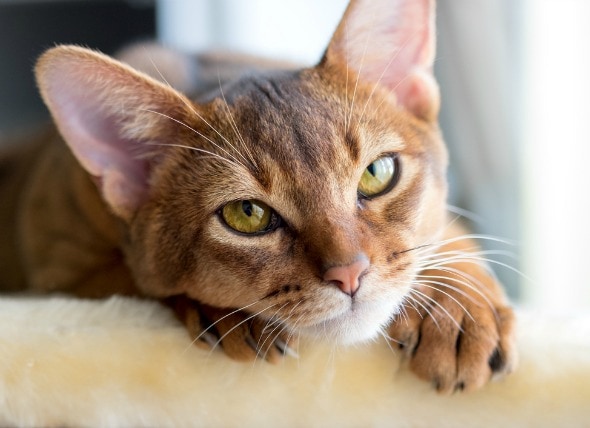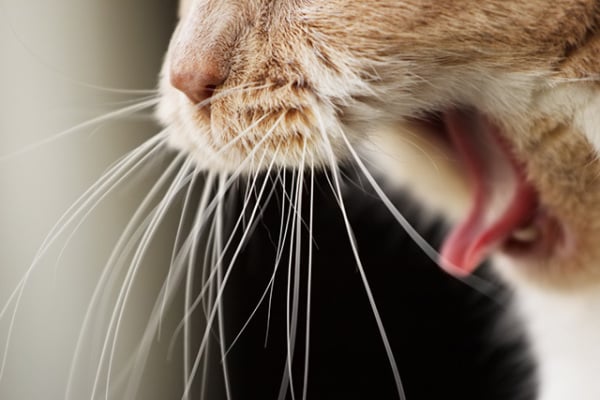bordetella bronchiseptica in cats symptoms
Annual booster vaccinations are recommended. 50 x 1 ds Tray Active Ingredient.

Bordetella Bronchiseptica Merck Animal Health Usa
Bacterial infections like Bordetella bronchiseptica.

. Healthy dogs should receive 2 doses administered 2-4 weeks apart. This is misleading as it does not refer to this feline upper respiratory disease but rather refers to the canine parvovirus which mainly infects dogs but can also infect other mammals such as cats. Bordetella bronchiseptica a bacterial organism is one of several major causes of infectious tracheobronchitis or Kennel Cough an extremely contagious respiratory disease of dogs.
The disease is spread by direct contact and airborne transmission. This vaccine protects against the most common causes of Kennel Cough a bacterium called Bordetella bronchiseptica. Bordetella Bronchiseptica Bacterin Cellular Antigen Extract Directions for Use.
B pertussis and B parapertussis cause whooping cough pertussis in humans. Bordetella bronchisepticacat kennel cough Chlamydia felis In South Africa the term cat flu is also used to refer to canine parvovirus. Most dogs that become.
Rabies is a viral disease that may affect the brain and spinal cord of all mammals including cats dogs and humans. This vaccine protects against the most common causes of Kennel Cough a bacterium called Bordetella. The FeLV vaccine works to protect your cat against feline leukemia virus.
Noncore Vaccines for Cats. Evaluation of eight cases of confirmed Bordetella bronchiseptica infection and colonization over a 15year period. Several types of viruses and bacteria and often more than one pathogen in combination can cause kennel cough.
Typically secondary bacterial infections develop with a viral infection so antibiotics will help resolve the bacterial component but not the viral aspect. Aseptically administer 1 mL subcutaneously. Bordetella pertussis was first isolated in pure culture in 1906 by Bordet and Gengou.
Common culprits include the bacteria Bordetella bronchiseptica and viruses such as canine influenza virus canine parainfluenza virus canine adenovirus type-2 and others. Theres good reason that the very word rabies evokes fear in peopleonce symptoms appear rabies is close to 100 fatal. Feline leukemia virus FeLV Chlamydophila felis Bordetella bronchiseptica FeLV Vaccine.
This preventable disease has been reported in every state except Hawaii. Skin and soft tissue infections such as abscesses and cellulitisdermatitis should be treated for 5-7 days or for 48 hours after all symptoms have subsided not to exceed 30 days. Ignore abnormal symptoms like uncoordinated walking seizures muscle spasms swelling of the face etc.
Primary bacterial infections are rare in dogs but they may result from Bordetella bronchiseptica infections. There are multiple causative agents the most common being the bacterium Bordetella bronchiseptica found in 787 of cases in Southern Germany followed by canine parainfluenza virus 377 of cases and to a. If no response is seen after 3 days of treatment therapy should be discontinued and the case reevaluated.
Other members of the genus are B. Just as human colds may be caused by many different viruses kennel cough itself can have multiple causes. The recommended dosage is 625 mg twice a day.
Of these Bordetella bronchiseptica is the most common. Today B pertussis belongs to the genus Bordetella in the family Alcaligenaceae which contains several species of closely related bacteria with similar morphology. Kennel cough also known as canine infectious respiratory disease formerly canine infectious tracheobronchitis is an upper respiratory infection affecting dogs.
4 best shampoos for cats 10 ways to encourage your cat to drink water. The injectable Bordetella vaccination can also be administered at 8 weeks of age and requires an initial vaccination followed by a booster 3-4 weeks later. Annual booster vaccinations are recommended.
Vaccines that are appropriate for some cats in some circumstances are considered noncore vaccines or lifestyle vaccines. The injectable Bordetella vaccination can also be administered at 8 weeks of age and requires an initial vaccination followed by a booster 3-4 weeks later. The noncore vaccines include.
One of the most common culprits is a bacterium called Bordetella bronchiseptica m--which is why kennel cough is often called Bordetella.

Cold Flu In Cats Bordetella Bronchiseptica We Are Family

Bordetella Bronchiseptica In Dogs Cats And Humans What To Know

Bordetella In Cats Everything You Need To Know Rancho Palos Verdes Vets
Bordetella Bronchiseptica Infection In Cats

Vaccination Of Cats Against Infectious Upper Respiratory Disease Today S Veterinary Practice

Bordetella Bronchiseptica An Overview Sciencedirect Topics
Bordetella Bronchiseptica Infection In Cats

Bacterial Infection B Bronchiseptica In Cats Petmd

Bacterial Infection B Bronchiseptica In Cats Petmd

Vaccination Of Cats Against Infectious Upper Respiratory Disease Today S Veterinary Practice

Bordetella Bronchiseptica Infection In Cats International Cat Care

Bacterial Infection B Bronchiseptica In Cats Petmd

Cold Flu In Cats Bordetella Bronchiseptica We Are Family

23 Useful Home Remedies For Kennel Cough In Dogs And Cats Dog Coughing Dog Remedies Pet Remedies



